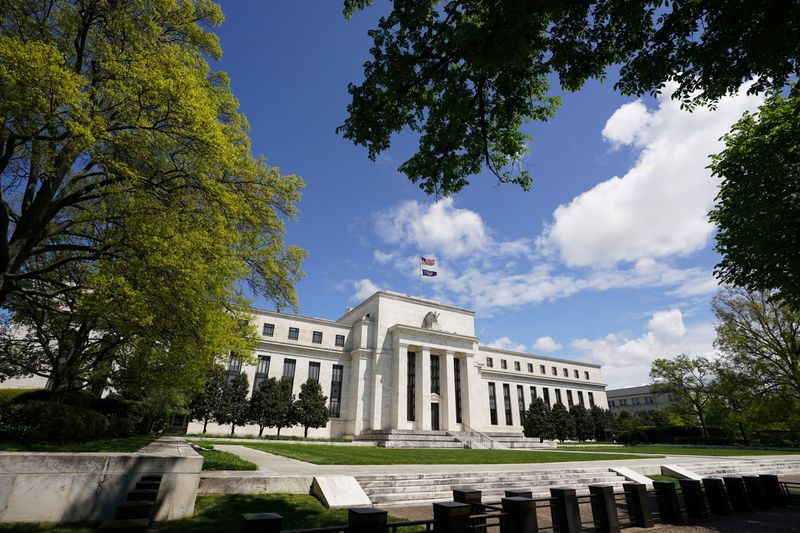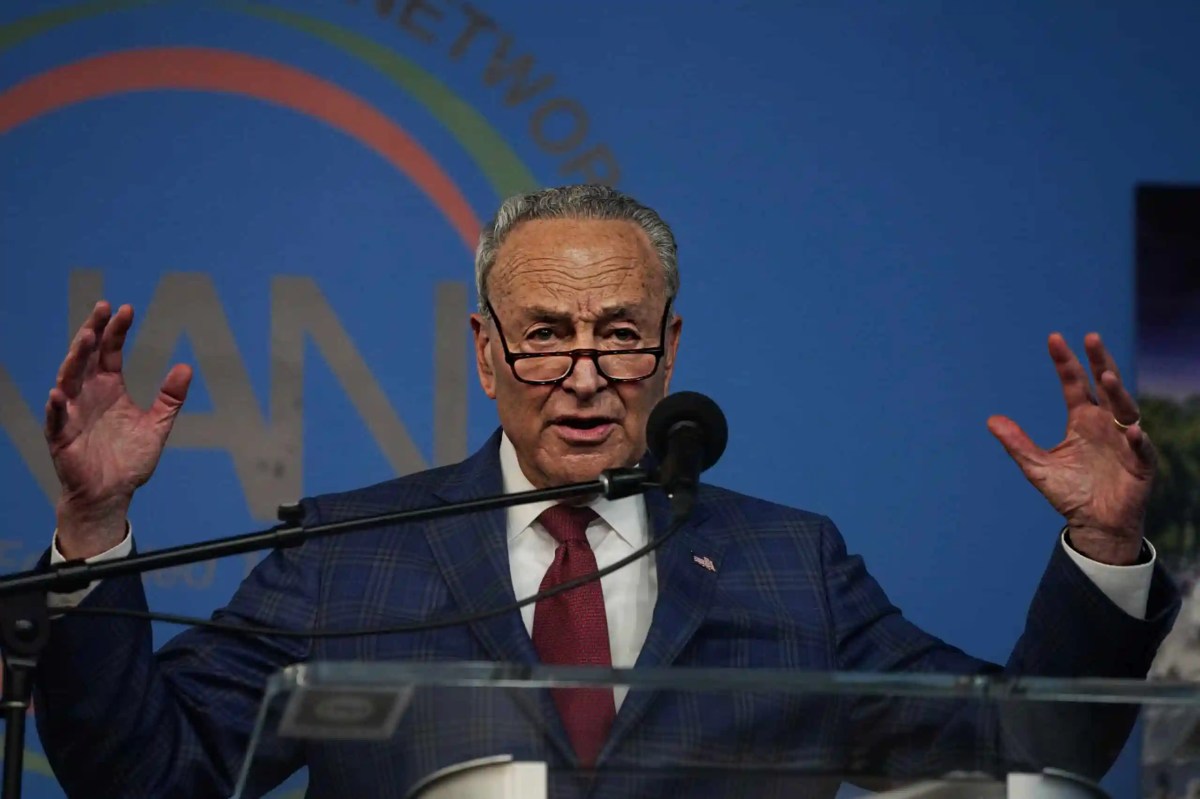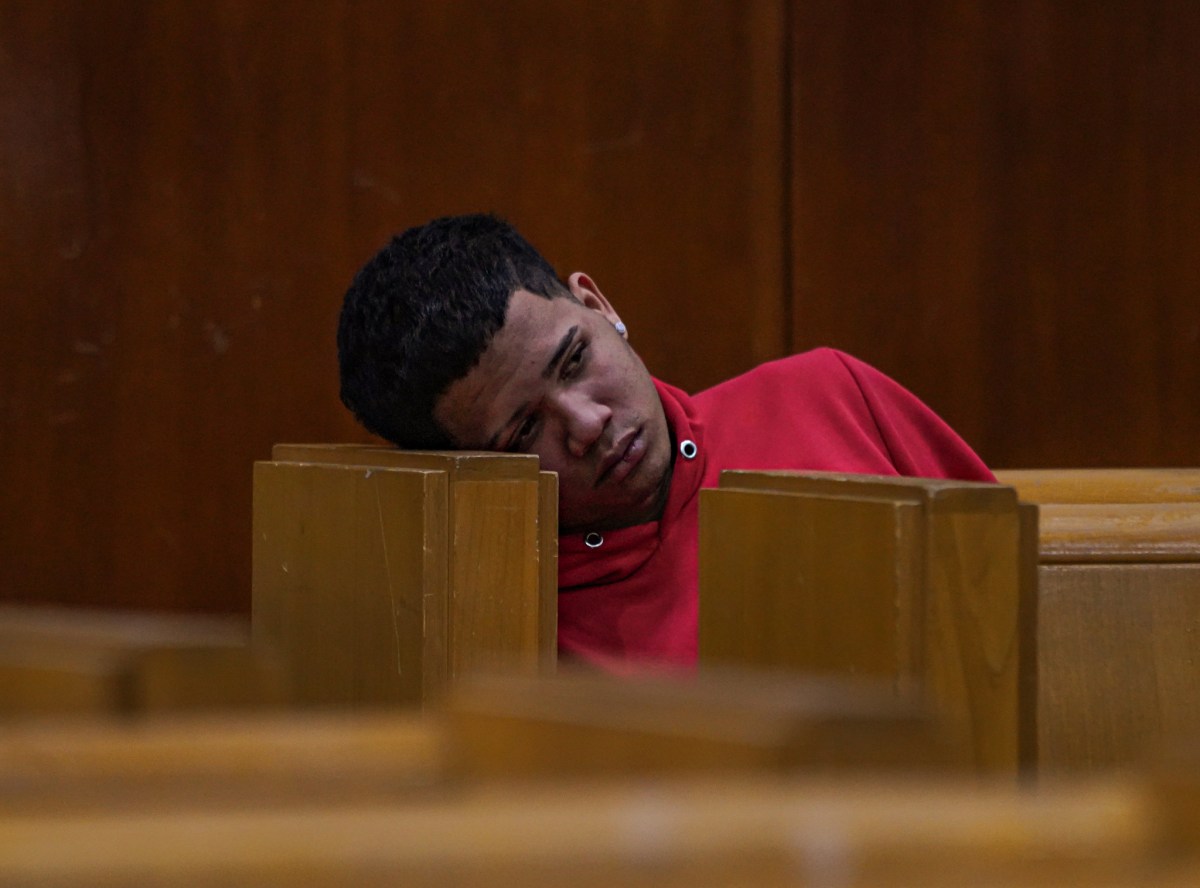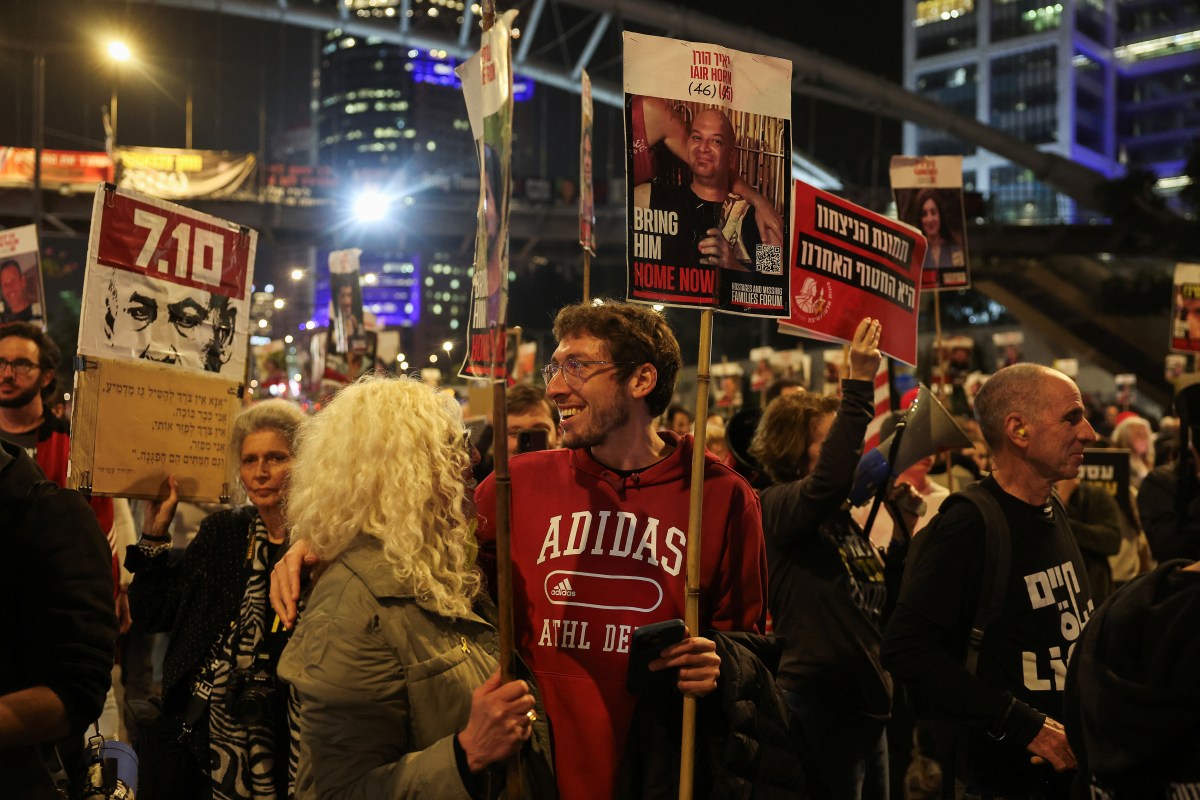(Reuters) – Though states have begun to reopen their economies, it is not clear consumers are ready to venture back to the marketplace, Atlanta Federal Reserve Bank President Raphael Bostic said on Thursday, citing conversations with business officials in his region and his staff’s study of cellphone tracking data.
“What we are seeing thus far is a mix. For some retailers it has been a bit stronger than expected. Others have seen relatively little response,” as states like Georgia relax coronavirus closures, Bostic told reporters after a webcast to the Fort Lauderdale Chamber of Commerce.
“Preliminary data we have, looking at cell phone numbers, suggest that movement has not gone up appreciably. Whether having an open economic policy is going to translate into economic activity — we are going to learn this in the next couple of weeks,” he said.
In citing cell phone numbers, Bostic was referring to data that maps the location of individual cellphones to retail stores, an indication of people leaving their homes to shop. The data is not necessarily a reflection of retail sales. Bostic said his assessment of tentative economic revival in his district was buttressed by conversations with business officials.
The Atlanta fed chief’s comments reflect the crossroads Federal Reserve officials in general confront roughly two months into an economic crisis fueled by the global coronavirus pandemic and restrictions on movement and commerce imposed to prevent its spread.
The response has caused a historic crash in economic activity, with millions thrown into at least temporary unemployment and economic growth in the April to June period expected to plunge.
But there is no fully fleshed out national plan for how the economic reopening should proceed, what health metrics should be met along the way and how polices could or should differ across regions. Some central bank officials worry this patchwork situation could dim the strength of the recovery.
For the economy, “the biggest stimulus of all would be real clarity and consistency and unanimity among public officials saying that if you do these seven things don’t worry about it you will be safe,” Richmond Federal Reserve Bank President Thomas Barkin said in webcast comments to the Howard County Chamber of Commerce in Maryland.
Few clear signs have emerged that the economy has yet reached bottom, with four weekly data sets tracked by Reuters generally heading lower.
Claims:
(Graphic: Unemployment claims IMAGE link: https://fingfx.thomsonreuters.com/gfx/mkt/qmyvmnjxrpr/Pasted%20image%201588863460776.png)
Goldman:
(Graphic: Consumer activity tracker IMAGE link: https://fingfx.thomsonreuters.com/gfx/mkt/dgkvlgjaypb/Pasted%20image%201588863613923.png)
NY Fed:
(Graphic: Weekly economic index IMAGE link: https://fingfx.thomsonreuters.com/gfx/mkt/nmovanydgpa/Pasted%20image%201588863777073.png)
Atlanta Fed:
(Graphic: GDP ‘Nowcast’ for Q2 2020 IMAGE link: https://fingfx.thomsonreuters.com/gfx/mkt/yzdvxoakmpx/Pasted%20image%201588863935175.png)
Yet Bostic said he and other Fed officials are actively looking for clues about what is to come and in particular whether the trillions of dollars in assistance rolled out by the Fed and the federal government in recent weeks will in the end help families and companies survive financially.
(For a graphic see: https://graphics.reuters.com/HEALTH-CORONAVIRUS/USA-SAFETY-NET/rlgpdwwjjvo/index.html)
Much about that future remains opaque, Bostic and other Fed officials said this week, leaving the central bank trying to look beyond the universally grim economic data expected in releases like Friday’s jobs report for April, and extract a signal from higher frequency data sets that, for example, track cell phone locations or hours worked as small businesses.
Data provider Unacast for example has estimated there were an average of 192 million daily visits nationwide to retail locations for the week through May 3, compared with 167 million the week before, a nearly 15% increase. There were comparable changes in Bostic’s six-state southern region, though the results varied widely over different retail sectors.
(For a graphic see: https://fingfx.thomsonreuters.com/gfx/editorcharts/ygdvzynjrpw/index.html)
Small business employee time management firm Homebase has also seen a rise in hours worked and locations open in recent days, but at levels still down 40% or more from early March.
But those signs are only tentative, and Bostic said he and his staff were only now trying to see if there is a way to turn those sorts of “big data” observations into conclusions about consumer spending or economic activity in general.
“These are unprecedented times…We don’t have models, we don’t have experiences, of what happens when a pandemic flows through an economy,” he said. “It is very difficult…I can’t tell you what the recovery is going to look like.”
(Reporting by Howard Schneider; Editing by Cynthia Osterman)






















